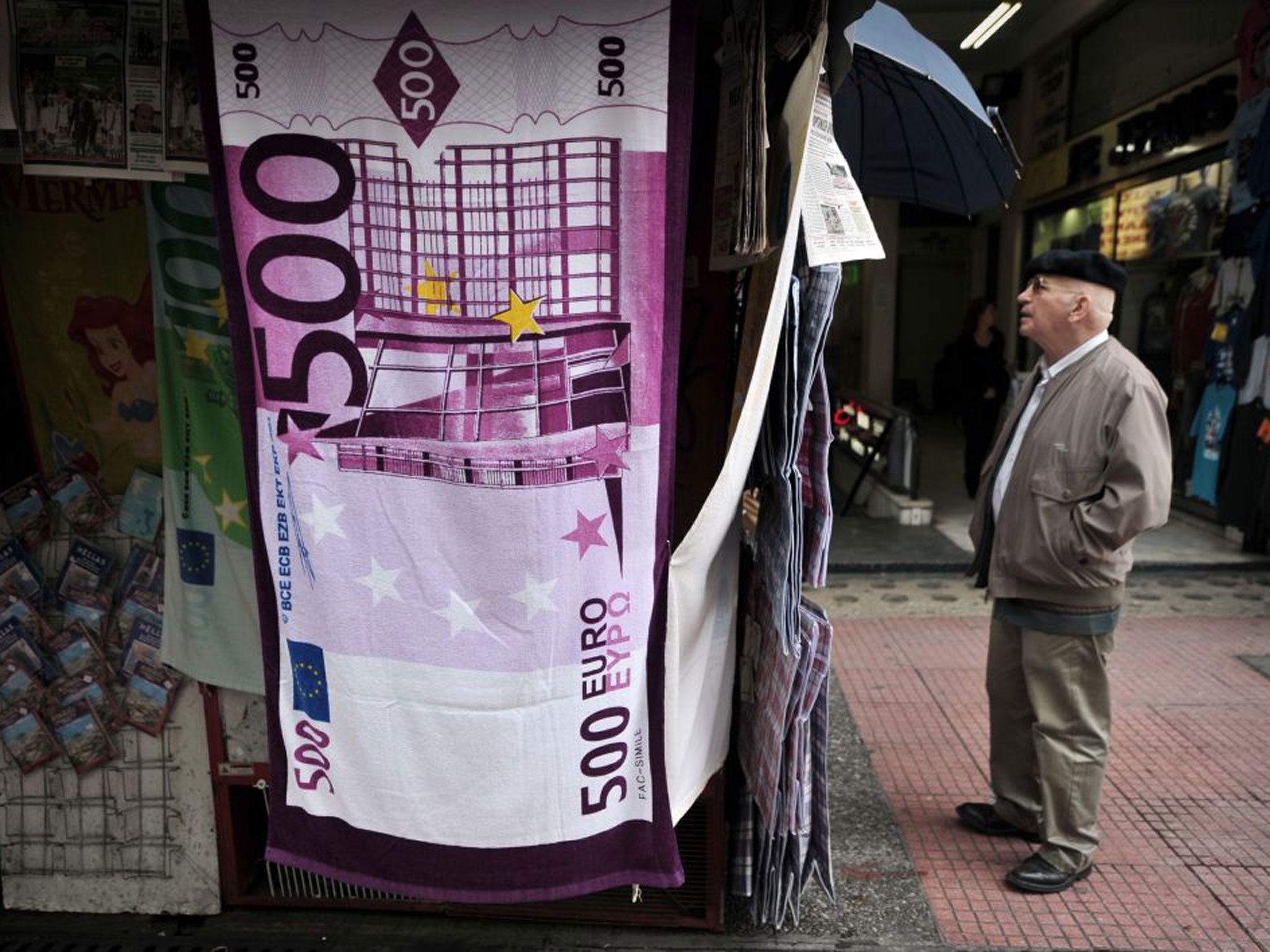As the euro reaches its 25th anniversary, is it now invincible?
The single currency once dismissed as the ‘Deutschmark in disguise’ has achieved the kind of stability few economists ever thought possible, weathering every financial crisis that has engulfed it. But key tests still lie ahead, writes Chris Blackhurst


Based on the criteria set by its proponents, the euro is a success. As the currency reaches its 25th anniversary on 1 January 2024 (it was launched in electronic form in 1999, with notes and coins introduced three years later, in 2002), the anniversary should be a cause for celebration.
The euro is the number two reserve currency in the world, behind the US dollar. In that time, it’s achieved a level of stability that few thought possible. Increasingly, businesses around the world that trade with Europe are willing to accept prices quoted in euros.
Where previously there could be wild fluctuations in individual currencies, making them vulnerable to market attacks from speculators, now there are none. The single currency has created calm and security. A digital version is on the way.
The currency has provided EU sovereignty, putting the union under the umbrella of a single monetary policy. The EU has its own identity and can operate as a single unit.
Where once there were myriad currencies across the EU, with some much stronger and more acceptable internationally than others, now one prevails. Cross-border trade is much simpler, doing away with the need to exchange currency.
The euro – whose grand designer, Jacques Delors, died this week, aged 98 – has acted to bind together the member states. It’s the most tangible system of European unity, used automatically and constantly by people in very different nations.
Not without justification is Christine Lagarde, president of the European Central Bank (ECB) and a leading champion, able to hail “Europe’s far-sighted decision after the Second World War to bind its economies together so tightly that our futures would be inseparable, and which, in turn, created the powerful logic underpinning European integration”.
Said Lagarde: “This engine of integration meant that whenever we faced trials, we did not retreat into division and let what we had built together fail. Instead, we met those challenges head-on and answered them together.”
Crucial to that coming together was the euro. “And it was this same spirit that made – from the late 1980s onwards – the single currency a necessary next step on our European journey.”
What drove the switch was that the common market became the single market. With that, the pressure for a unified monetary system intensified – the EU could not afford to allow members to devalue their currencies to increase their competitiveness against their fellow members. This was against the unity ethos and fed distrust. Far better if there was one central bank.
In turn, with the collapse of the Berlin Wall and an end to the Cold War, questions were raised about EU leadership, whether it was conveyed via the French franc or the Deutschmark. Again, better still to have one, joint currency that would end the temptation for jingoistic flag-waving and point-scoring.
Said Lagarde: “The euro was the logical answer to all three of these changes. It offered Europeans stability, sovereignty and solidarity.”
All well and good. That was the theory. In practice, the euro has had its share of ups and downs but has stayed the course.
Back then, in 1999, no one could see the crises that lay ahead. In its 25 years, the euro has seen through the banking crash of 2008, the global pandemic and the outbreak of actual outright war on European soil, following Russia’s invasion of Ukraine causing an upward spike in energy prices and huge volatility.
Latterly, global inflation and with that, higher interest rates, have set in. They are proving hard to dislodge. Nevertheless, throughout, the euro has weathered whatever has been thrown at it.
Europe, for so long a hotbed of nationalistic tensions and rivalries, site of numerous historical conflicts, has stayed calm, when in the past, possibly that would not have been the case. If it wasn’t for the euro, the ECB has calculated, the banking collapse alone would have seen the old domestic currencies receive a potentially devastating hammering from the dollar. Likewise, Covid-19 would have hit them almost as equally hard.
As it was, in response to these great, crashing global waves, the euro supplied stability that previously might have been unthinkable. No one’s mast broke, nobody lost their tiller, the storm moved on, the vessels remained afloat.
The euro proved adept as well at handling homegrown disasters. The sovereign debt crisis saw states amass mountains of credit they were unable to repay. In Europe, the issue expressed itself in different ways, reflecting policies enacted by member governments and enabled by poor regulation.
In Iceland, a banking industry that had been officially heavily promoted and exported was shown to be desperately under-resourced and fragile. In Ireland, the property boom suddenly gave way. In Greece, profligacy from Athens, with a central administration spending without anything like the tax receipts to match, left the country begging for a lifeboat.
While those emergencies were dealt with, and strictures applied, it does not mean the same cannot reoccur. There may be a single currency but wide differences exist in approach and economic strength. The southern EU states, for instance, are a constant source of nervousness. It’s a critical point of weakness that each eurozone member state keeps hold of responsibility for their taxation and spending policies.
Neither can the euro remotely claim to represent the entire EU. Seven EU states are outside the eurozone: Hungary, Bulgaria, Czech Republic, Denmark, Poland, Romania and Sweden. They remain in no rush to join. Either they cannot meet the qualification standard or they are unconvinced by the merits of switching currency.
While the euro has given identity to the EU, the common complaint is that it has denied those countries that use it their own, time-honoured source of national pride and differentiation – their branding.
The eurozone was able to withstand Brexit, thanks to Britain not being a member. But if a member were to withdraw, the damage to the euro’s credibility could be severe.
It’s a zone with a currency that is dominated by one country. Germany is, far and away, the EU’s economic powerhouse, leading to the charge the euro is little more than the Deutschmark in disguise.
Still, the euro is established globally, of that there is no question. But there is a newness, a rawness to it. In currency terms, 25 years is not very long at all. Plenty of tests lie ahead.






Join our commenting forum
Join thought-provoking conversations, follow other Independent readers and see their replies
Comments